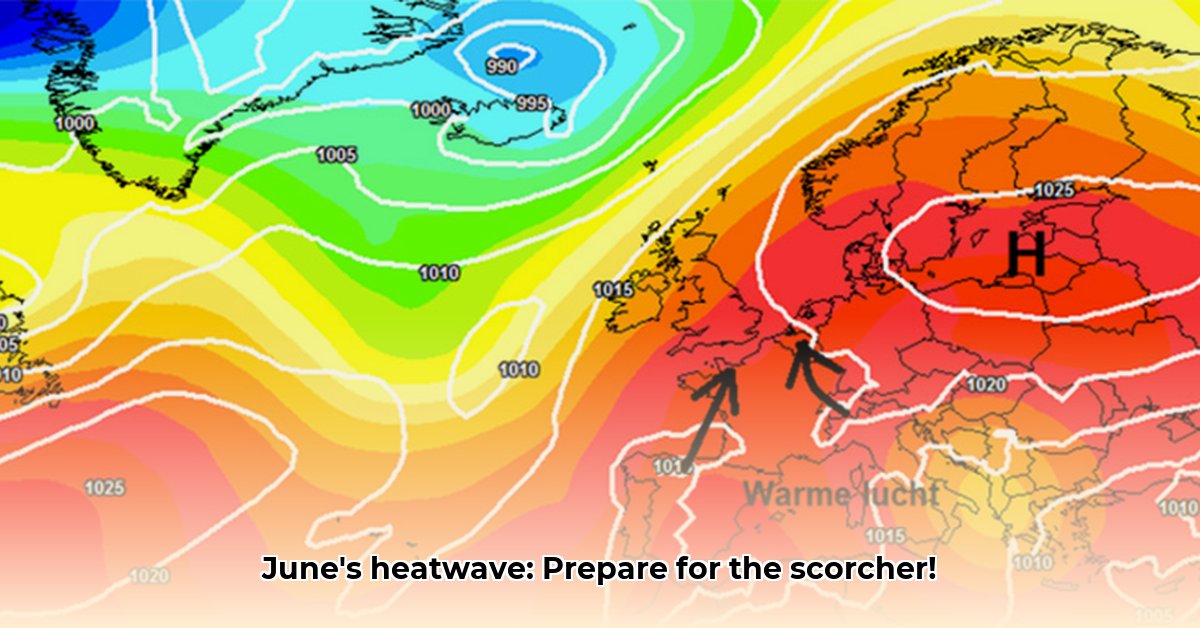
Is 'n Warm Golfie op Pad na Suid-Afrika?
June’s usually lekker weather might be turning into a scorcher. The South African Weather Service (SAWS) is monitoring a potential heatwave, prompting concerns about rising temperatures across the country. While the extent of the heatwave remains uncertain, projections indicate significantly higher temperatures, particularly in the eastern and southern regions. But how likely is a nationwide heatwave? Let's delve into the details.
The Uncertainty of Weather Forecasts
Predicting a heatwave isn't a simple yes or no. Short-term forecasts suggest temperatures exceeding 30°C in many areas by the weekend. However, an "official" heatwave requires several consecutive days of such high temperatures. This is where uncertainty lies. Different models and geographical focuses yield varying results. Coastal areas are expected to experience milder conditions thanks to sea breezes.
Think of it as a puzzle. We have some pieces (temperature predictions), but the complete picture (a full-blown heatwave) isn't entirely clear yet. Such uncertainty is not unusual; weather forecasting is complex. Are we prepared for the possibility, however? This is the key question.
Official vs. Regional Heatwaves: What’s the Difference?
Understanding the distinction is important. An "official" heatwave is declared based on readings from a central weather station. A "regional" heatwave affects specific areas but might not meet the official criteria. This difference is crucial because even without an official declaration, temperatures in certain areas could still be dangerously high. We need to be aware of potential local "hot spots." How prepared are our municipalities for such regionally-high temperatures? That's another crucial question.
Preparing for a Potential Heatwave
Regardless of an official heatwave declaration, preparedness is vital. Increased temperatures are almost certain. What can you do?
- Stay Informed: Monitor weather updates from reliable sources like the SAWS.
- Protect Yourself: Limit outdoor activities during the hottest parts of the day; drink plenty of fluids; wear light, loose-fitting clothing. Check on vulnerable family members, friends, and neighbours. This isn't a drill; it's about real-world preparedness.
- Heatwave Awareness: Learn the symptoms of heatstroke (high body temperature, rapid pulse, dizziness, confusion) and seek immediate medical attention if needed.
Who Needs to Be Ready?
Different groups require varying levels of preparation. This isn't a theoretical discussion; it's about real-world readiness:
| Group | Immediate Actions | Long-Term Preparations |
|---|---|---|
| Emergency Services | Increase staffing; prepare for potential surge in calls. | Invest in better heatwave response infrastructure. |
| Healthcare Providers | Stock up on heatstroke treatment supplies. | Improve heatstroke management training for staff. |
| Government Agencies | Develop and disseminate public awareness campaigns on heat safety. | Develop and implement heatwave mitigation strategies. |
| The Public | Take personal precautions; stay hydrated, and remain vigilant. | Adapt to climate change; reduce personal carbon footprint. |
The Bigger Picture: Climate Change and Heatwaves
This isn't just about one heatwave. Climate change is making extreme weather events, including heatwaves, more frequent and intense. The implications extend beyond this year, impacting future years. We must learn to adapt and mitigate the risks. The increasing frequency of high-temperature periods is a clear indicator of a larger problem. Have we truly grasped the implications of climate change and extreme weather conditions?
This information is based on available data as of today. Stay updated with the SAWS forecasts for the most accurate information. Let's stay vigilant – and cool.